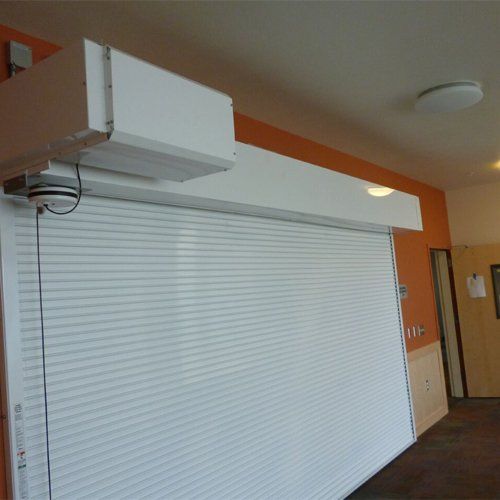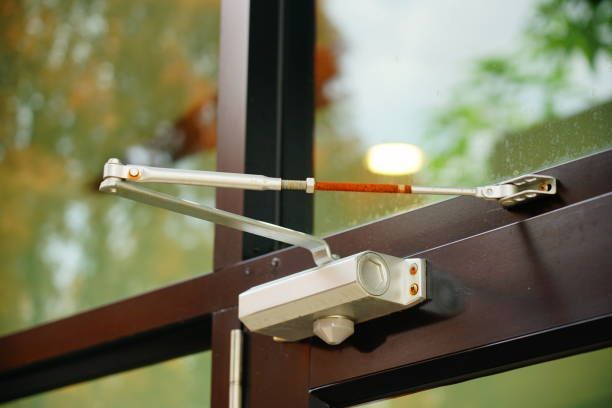Panic Bars vs Exit Bars - How Are They Different?
When it comes to securing commercial spaces and ensuring swift emergency exits, understanding the distinctions between panic bars and exit bars is crucial. Despite their visual similarities, these door locking devices serve different purposes, each with specific mechanics tailored to its function. In this guide, we'll delve into the nuances of panic bars and exit bars to help you make informed decisions about the safety features for your industrial doors.
What is a Panic Bar?
A panic bar, often referred to as a crash bar or panic device, serves a critical role in emergency situations. Specifically designed for life safety compliance, a panic bar incorporates a spring-loaded metal bar positioned horizontally inside an egress-opening door. The mechanism is straightforward: when the lever is pressed, the bar unlatches the door, enabling swift egress. This design is instrumental in preventing delays and overcrowding during emergencies.
Panic hardware is mandated by the 2009 edition of the International Building Code for specific occupancies, including Education (E), High Hazard (H), and Assembly (A) Occupancies, provided the maximum occupancy is 50 or more.
What is an Exit Bar?
In contrast, an exit device, also known as exit hardware or exit bar, features a bar situated across the interior of a door. The act of pushing this bar releases the door latch, facilitating easy egress. Standard exit devices are deemed appropriate for doors in occupancies other than E, H, and A, but only if the maximum occupancy is less than 50. Unlike panic bars, exit devices may require additional security measures such as a key or code for egress, as they do not adhere to the same stringent life safety standards as panic hardware.
When Do I Need a Panic Bar vs an Exit Bar?
To determine whether a panic bar or an exit bar is appropriate, it's essential to consider specific building codes and requirements. The distinction lies in the door's ability to 'dog' or hold the latch retracted.
- Panic hardware, typically installed on exterior, non-fire rated openings, can be 'dogged' to reduce wear and noise from frequent latching and unlatching. This feature enhances convenience but may not be suitable for fire-rated doors.
- In situations where a code mandates a fire-rated opening with an exit device, fire exit hardware must be used to ensure the door consistently latches when closed. These devices must adhere to the requirements of the UL 10C Standard for Safety Positive Pressure Fire Tests of Door Assemblies.
Both panic and fire exit hardware must be listed to UL 305 Standard for Safety - Panic Hardware according to the code. To ensure compliance and suitability for a specific project, it is advisable to collaborate with experienced specification consultants. They can guide you in selecting devices that are properly listed with UL or Warnock-Hersey for their intended applications, ensuring the safety and functionality of your industrial doors.


REQUEST ESTIMATE OR SERVICE CALL
Call the guys that care.
10235 Systems Pkwy, Suite B
Sacramento, CA 95827
Contractor's License: 1118556
All Rights Reserved | Industrial Door Company



